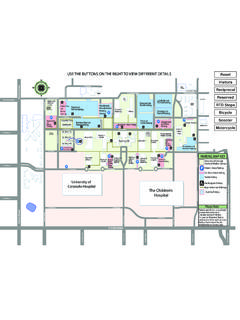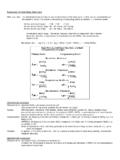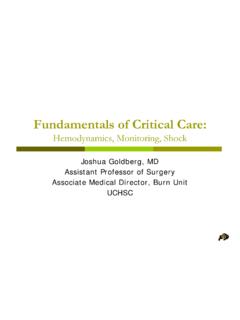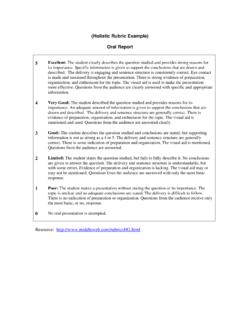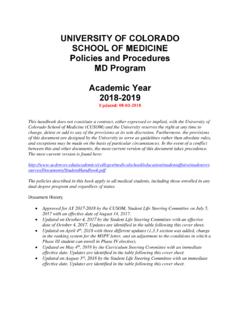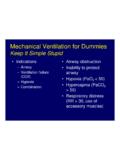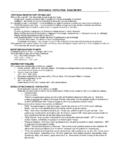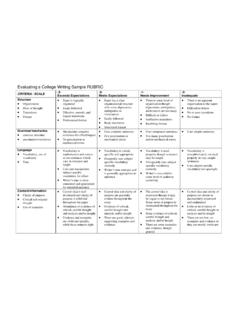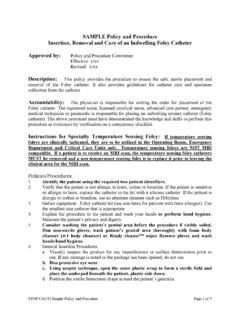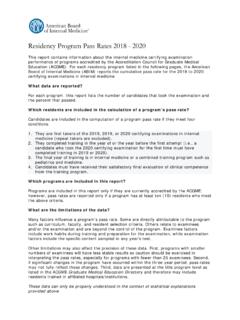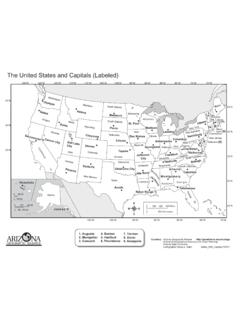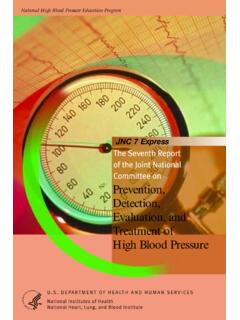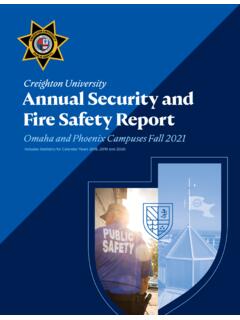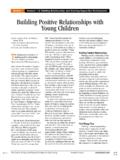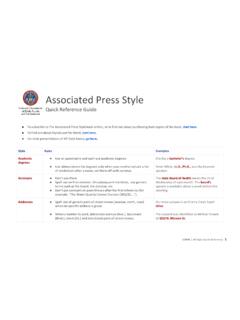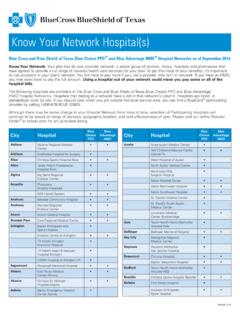Transcription of Training for Cardiovascular Fitness, Continued - CU Denver
1 Training for Cardiovascular Fitness, Continued university SPORTS MEDICINE. Training for Cardiovascular Fitness What's in it for me? Cardiovascular (aerobic) exercise: increases your energy and stamina helps control blood pressure improves your blood lipid profile (cholesterol). helps you burn extra calories to maintain an ideal weight. Aerobic power helps an athlete sustain a challenging exercise pace over time. When you get tired, your movements are no longer fluid and efficient. You are more likely to make mistakes or get injured. Even though you can expect benefits from engaging in Cardiovascular exercise, not all exercises are suitable or safe for everyone. You should, therefore, consult with your doctor before beginning any exercise program. The information provided in this handout should not substitute for medical counseling specific to you.
2 What kind of exercise will most improve my Cardiovascular fitness? Cardiovascular exercise is any activity that: involves the large muscles of the body (especially the legs). is rhythmic and continuous in nature (as opposed to stop-and-start). challenges your heart and lungs to work harder. Activities like walking, jogging, running, cycling, swimming, aerobics, rowing, stair climbing, hiking, cross country skiing and many types of dancing are pure aerobic activities. Sports such as soccer, basketball, squash and tennis may also improve your Cardiovascular fitness. However, endurance Training could improve performance in these sports. Athletes typically use three Training methods to improve their Cardiovascular fitness: slow to moderate-intensity distance Training moderate to high-intensity interval Training high-intensity continuous exercise.
3 What's the best type of Cardiovascular exercise? The best type is any exercise you enjoy and will continue to do! Select an activity that matches your personal preferences and health and fitness status. Consider previous injuries. Mix high-impact activities like jogging or step aerobics with weight-supported activities like rowing and cycling. The more muscles involved in the activity, the greater your aerobic challenge. For example, cross country skiers have shown the highest aerobic capacity of all athletes. They vigorously use arms, legs and trunk muscles during exercise. One of the most important changes taking place during Cardiovascular Training is that working muscles become more efficient at taking in and using oxygen. If you're getting ready for a road race, the majority of your preparation should involve running, using the muscles and motions required in competition.
4 To ease the pounding on your feet, knees and hips, it's a good idea to do some cycling or swimming. But running itself provides the best sport-specific conditioning for a running event. How long should my workout be? If you are just starting out, you may improve your stamina with just 15 minutes of Cardiovascular exercise. However, most studies show that Cardiovascular Training requires a minimum of 30 minutes, 3 times a week to guarantee increased aerobic capacity in about 8 to 12 weeks. Athletes utilizing high- intensity continuous Training to increase their lactate threshold should exercise for 25 to 50 minutes depending upon their level of fitness. Interval Training to improve aerobic power should involve low or high-intensity intervals of at least 60 to 90 seconds duration, with 1 to 2 minutes recovery in between intervals.
5 Work with a knowledgeable fitness professional to help you design the number and length of both Training and rest intervals. How many days each week should I exercise? Aerobic Training 3 to 5 days per week will improve your Cardiovascular fitness. Performing a high impact activity more than 5 days a week causes an increased risk of injury. If you'd like to exercise 5 to 6 times a week, pick 2 or 3 activities that use different muscles and movements. This will prevent chronic joint and muscle stress. Alternate high and low impact activities. A variety of exercise choices keeps exercise fun and gives you more options when circumstances or seasons change. Training just 2 days a week will help you maintain the aerobic fitness you already have. High-intensity interval Training should be done no more than once or twice a week.
6 You should only do this after you've established a good base of Cardiovascular fitness. How hard should I push myself? The intensity of your exercise session will depend on your level of fitness, age, and fitness goals. In general, you must challenge your body to perform at an intensity that is slightly higher than your normal exertion level. Your pulse or heart rate is a good measure of intensity. There is a direct relationship between the oxygen needs of your body and how fast your heart beats. If you know your maximum heart rate (HRmax) from a stress test, you can accurately determine a Training pace that reflects your Training goals using percentages of HRmax. Otherwise, you can use various formulas to estimate your HRmax and workout intensity. See the Training Heart Rate Worksheet . For a continuous paced workout keep your heart rate at the desired level.
7 For interval Training , make sure you've warmed up 15 to 20 minutes at a low intensity aerobic pace. Then begin your intervals. (See chart below.) Always listen to your body. You should feel challenged, not exhausted. Slow down or stop if you don't feel well. 2. Training for Cardiovascular Fitness, Continued How do I know when it's to add more time or distance? As a rule of thumb: Do not increase your time or distance by more than 10 to 20% each week. For example, if you begin exercising for 10 minutes each session, only add 1 to 2 minutes each week for the first couple months. It's smarter to go a little slow in the beginning. Even if you feel you could progress more quickly, your muscles and joints take longer to adapt to the stress of exercise than your heart and lungs. What about warm-up and cool down?
8 Warm-up makes your workout feel smoother, prevents injuries, and helps your body move efficiently from a low to high metabolic state. Perform the activity you'll be doing for aerobic conditioning at a much lower level for about 5 to 10 minutes, or longer. Gradually increase the intensity of exercise until you're in your target Training range. You can also include some flexibility exercises as part of your warm-up. After you've warmed up a bit, stretch the muscles that you will use during the activity or which you know are tight. Cool-down is a gradual reduction in the intensity of your activity. This helps bring blood that has been sent to the working muscles back into normal circulation. If you're jogging, gradually decrease your pace and then walk for 5 to 10 minutes at the end of your session. Or if you're cycling, reduce your pedaling speed or bike resistance during the last 5 to 10 minutes of exercise.
9 The end of a workout is a great time to stretch to improve overall flexibility, because muscle temperature and blood flow are high. Strengthening exercises may also be done at this time. 2003, university of colorado Hospital, Aurora August 2003 (Reviewed 11/09). TrnCrdio_SM DOD:PED2136.
